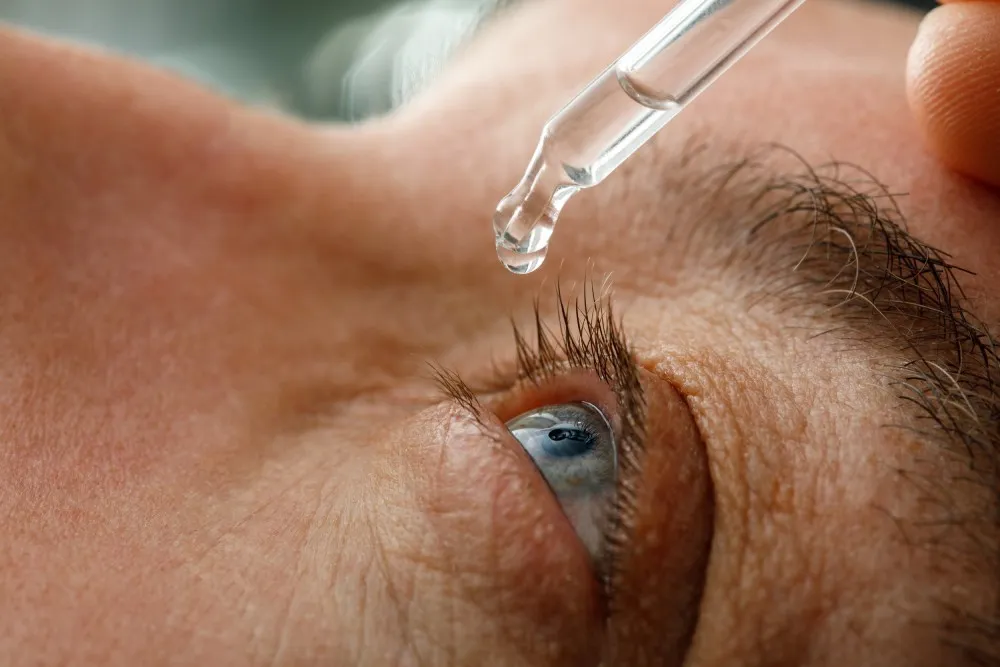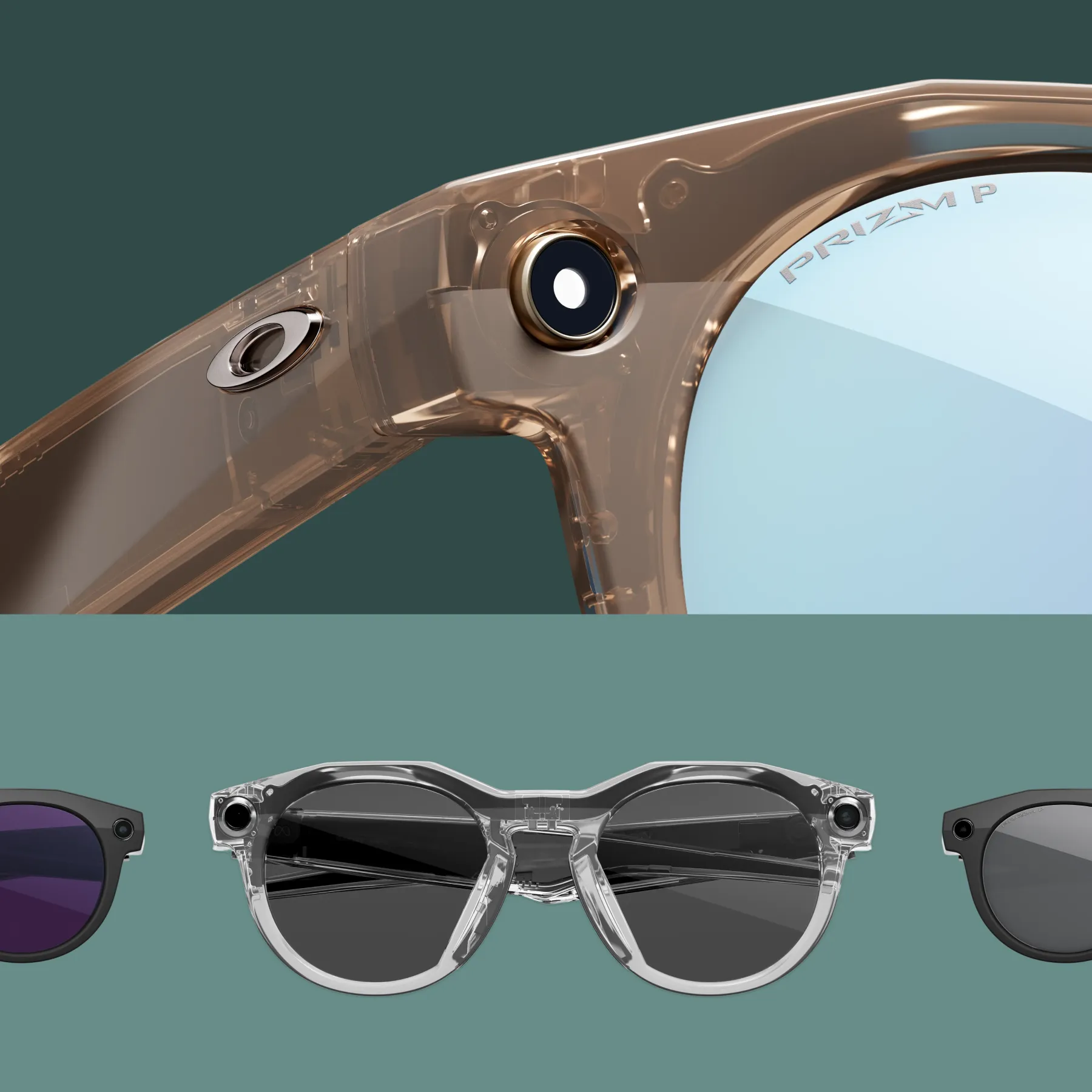Understanding Dry Eye Syndrome
Dry Eye Syndrome is a chronic condition that occurs when the eyes do not produce enough quality tears to keep the surface properly lubricated. This can result in irritation, discomfort, and fluctuating vision, making everyday activities like reading, driving, or staring at screens more difficult.
Tears are essential for eye health, providing moisture, nutrients, and protection from infections. When tear production is insufficient or tears evaporate too quickly, it can lead to inflammation, redness, and discomfort. Dry eye can be triggered by aging, hormonal changes, environmental factors, prolonged screen use, medications, and underlying health conditions such as autoimmune disorders.
At Trinidad Vision, we specialize in diagnosing and treating dry eye syndrome, helping patients restore comfort, reduce symptoms, and improve overall eye health.



.png)


































